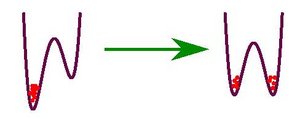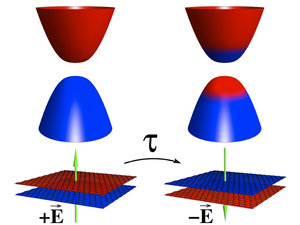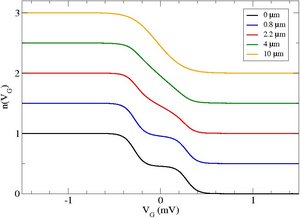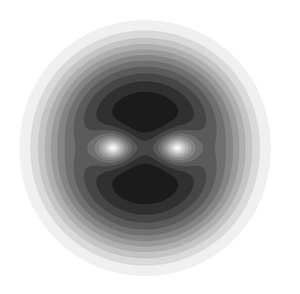When passing through a quantum critical point by changing the control parameter at a finite rate in time, the system leaves its ground state, and defects (e.g. excited states, vortices) are produced, accounted for by the Kibble-Zurek theory. When the relaxation time of the system, which encodes how much time it needs to adjust to new thermodynamic conditions, becomes comparable to the remaining ramping time to the critical point, the system crosses over from the adiabatic to the diabatic (impulse) regime. In the latter regime, its state is effectively frozen, so that it cannot follow the time-dependence of the instantaneous ground states — as a result, excitations are produced. We apply these ideas to mono- and bilayer graphene in the presence of strong in-plane or perpendicular electric fields, respectively. We predict that the non-linear electric conductivity of graphene grows with E1/2 (E the electric field), as corroborated by subsequent experiments. A time dependent gate voltage in bilayer graphene results in population inversion around the Dirac cone, which can in principle provide a coherent source of infra-red radiation with tunable spectral properties.
References
[1] Balázs Dóra, Eduardo V. Castro, Roderich Moessner, Phys. Rev. B 82, 125441 (2010)
[2] Balázs Dóra, Roderich Moessner, Phys. Rev. B 81, 165431 (2010); Phys. Rev. B 83, 073403 (2011)




